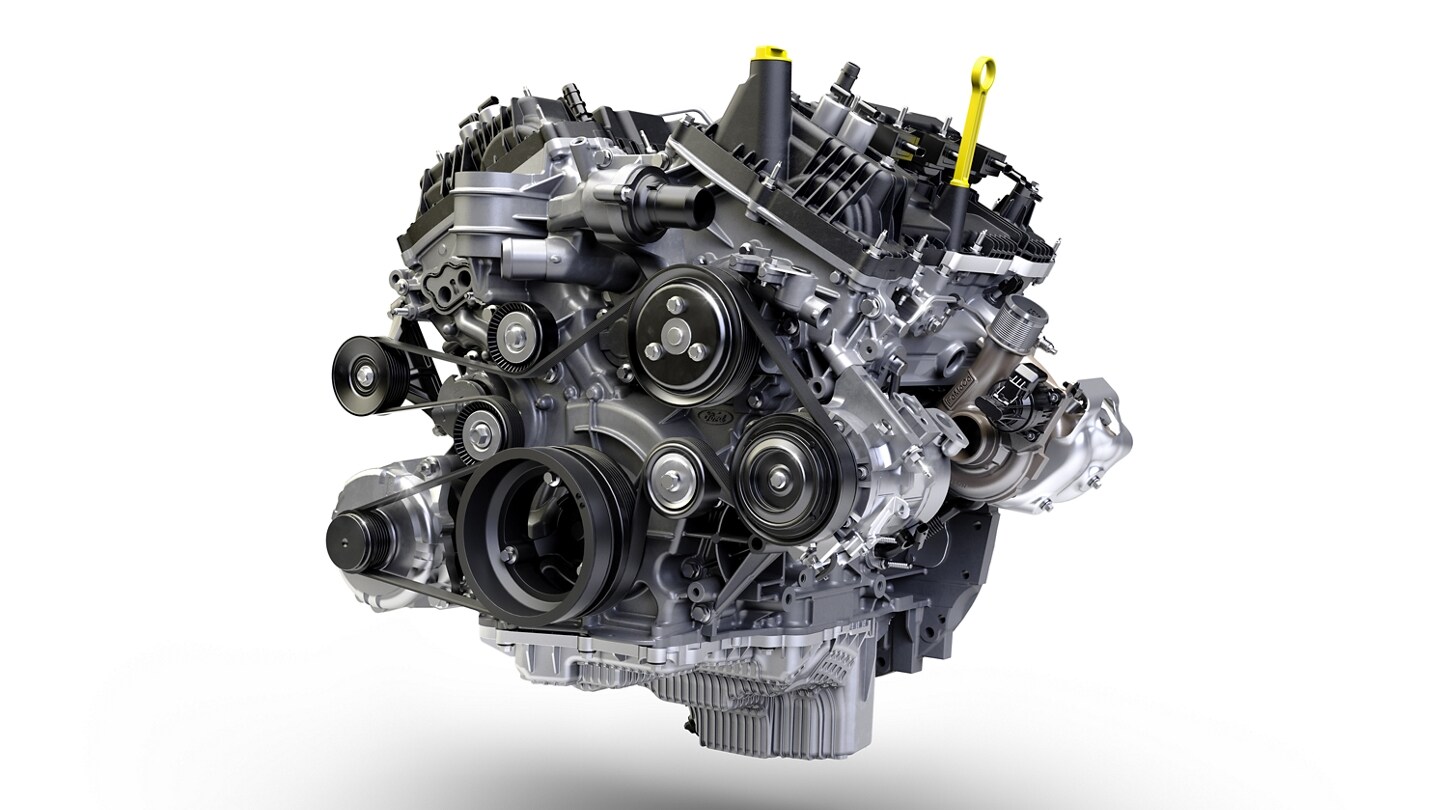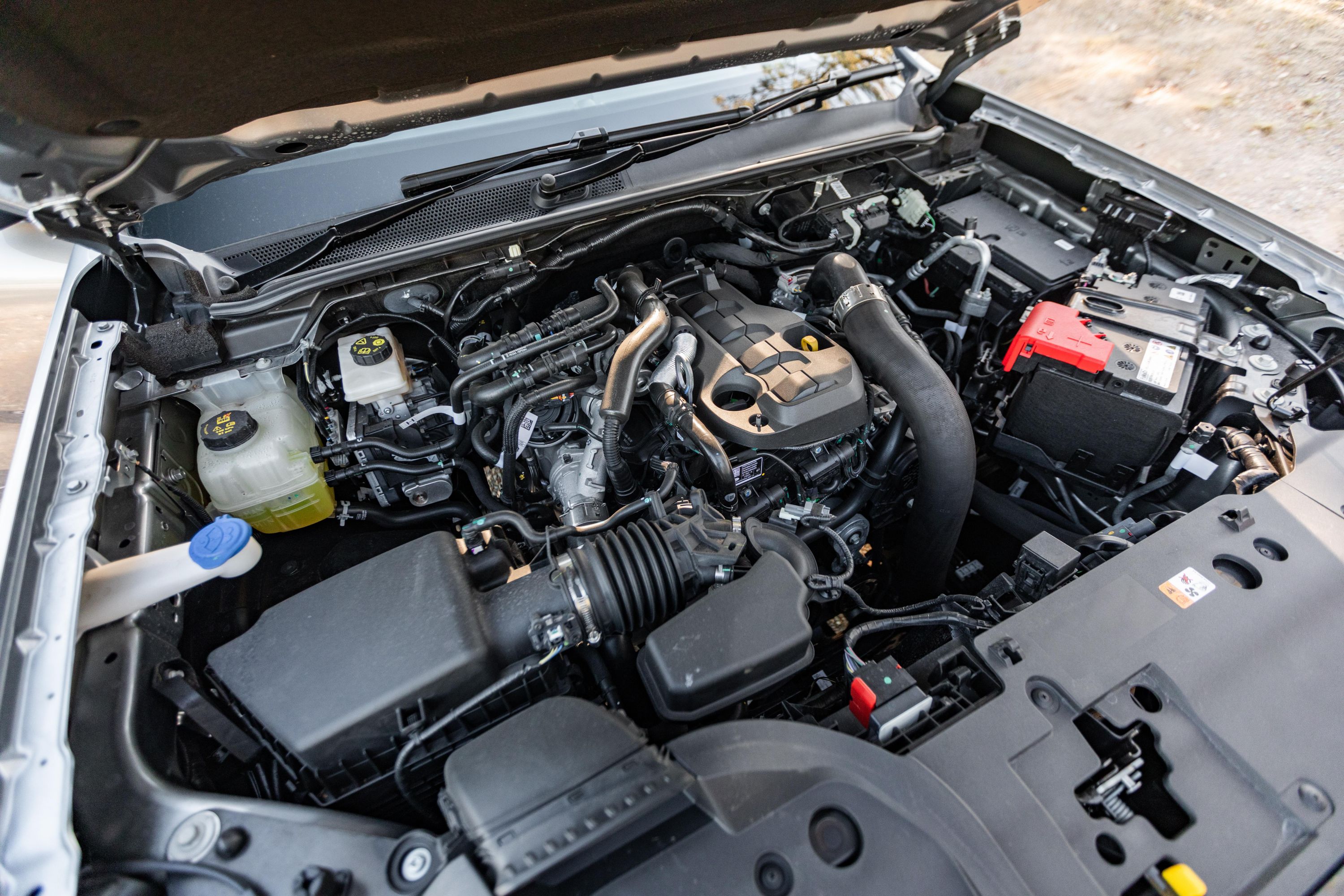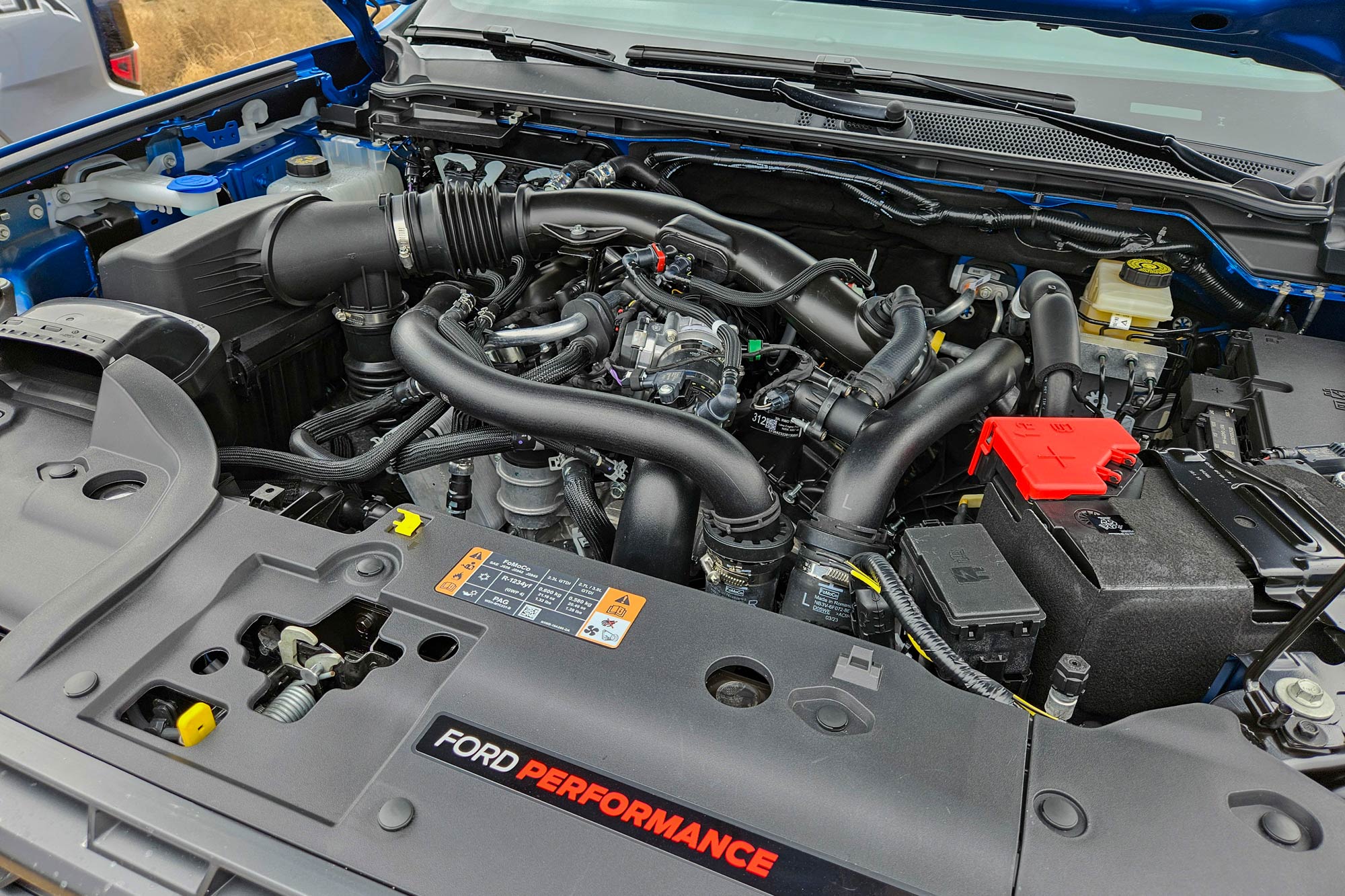Why the 2.2 Ford Ranger Engine Is a Popular Choice for Rugged and Reliable Performance
Why the 2.2 Ford Ranger Engine Is a Popular Choice for Rugged and Reliable Performance
Blog Article
Recognizing the Basics of Cars And Truck Engines: Attributes, types, and features

Overview of Cars And Truck Engines
A vehicle engine works as the heart of an automobile, converting gas right into mechanical power to move it forward. This elaborate system makes up different elements that work in unison to make certain optimum performance and effectiveness. The fundamental procedure of a cars and truck engine includes the inner combustion process, in which fuel and air are mixed, sparked, and removed to create power.
The engine's design can dramatically affect its performance, gas effectiveness, and emissions. Trick elements include the cyndrical tube block, pistons, crankshaft, and camshaft, each playing a vital role in the engine's total function. The cylinder block houses the cyndrical tubes where burning happens, while the pistons convert the eruptive power from combustion into straight activity. This activity is after that changed right into rotational power by the crankshaft, making it possible for the vehicle's wheels to transform.
In addition to these elements, engines frequently use different systems such as fuel injection, ignition, and cooling down systems to improve performance and longevity. Comprehending the fundamental auto mechanics of auto engines is necessary for diagnosing problems and carrying out upkeep, ultimately adding to the lorry's integrity and performance over time.

Sorts Of Automobile Engines
Car engines can be classified right into several types based upon their layout, fuel kind, and operational principles. 2.2 ford ranger engine. One of the most usual classifications include internal burning engines (ICE), electrical engines, and hybrid engines
Inner combustion engines, which can be further divided right into fuel and diesel motor, run by stiring up a fuel-air combination to generate power. Fuel engines are typically lighter and smoother, while diesel engines are more fuel-efficient and deal better torque.
Electric engines use electric power saved in batteries to power an electric motor, offering instant torque and zero emissions throughout operation. As technology advancements, electric vehicles (EVs) are increasingly becoming preferred for their ecological advantages and lower running costs.
Hybrid engines incorporate components of both inner burning and electric engines, enabling adaptable power sources and enhanced fuel performance. They can operate in various settings, using either the gasoline engine, the electric motor, or both concurrently.
Each kind of engine has distinct advantages and disadvantages, influencing their application in different lorry kinds and market sections, from small cars to durable vehicles. Recognizing these kinds is important for making notified decisions pertaining to automobile selection and performance expectations.
Engine Features Discussed
Comprehending engine functions is critical for grasping exactly how cars operate successfully. At the core of any interior combustion engine lies the basic procedure of converting fuel right into mechanical energy.
The ignition occurs following, igniting the mixture and creating a quick expansion of gases. This force drives the piston down during the power stroke, which ultimately translates into the rotational activity of the crankshaft. The exhaust stroke after that eliminates the invested gases from the chamber, making way for a new cycle to commence.
Along with these primary functions, engines also integrate systems that handle air conditioning and lubrication, making certain optimal operational temperatures and decreasing friction between moving parts. This complex interaction of features allows the engine to generate the power essential for lorry propulsion while maintaining efficiency and integrity. Recognizing these features provides important insight right into the intricacies of automotive design and boosts the ability to detect and attend to engine-related problems efficiently.
Trick Engine Features
Engine layout includes numerous essential functions that dramatically influence effectiveness, longevity, and efficiency. One of the most vital aspects is the engine configuration, which includes inline, V-type, and level layouts. Each arrangement affects the engine's balance, size, and power outcome, consequently affecting overall vehicle dynamics.
Another important feature is the engine variation, referring to the complete quantity of all cylinders. Larger variations normally yield even more power yet may endanger fuel efficiency. Engine products also play a crucial function; high-strength and light-weight products, such as light weight aluminum and magnesium alloys, boost performance without adding too much weight.
The sort of fuel injection system utilized-- such as multi-port or straight shot-- affects combustion effectiveness and discharges. Turbo charging and turbocharging are features that 2.2 ford ranger engine increase engine performance forcibly added air into the combustion chamber, boosting power result without substantially boosting engine size.
Lastly, the visibility of innovative engine management systems enhances fuel-air blend and ignition timing, adding to smoother procedure and far better fuel economy. Collectively, these attributes specify an engine's capabilities, setting the foundation for its performance and long life in a competitive auto landscape.
Upkeep Tips for Engines
Correct engine upkeep is important for making certain ideal performance and longevity, as ignoring routine treatment can cause considerable concerns down the line. To keep your engine successfully, start with normal oil changes, commonly every 3,000 to 7,500 miles, depending on the kind of oil utilized. Fresh oil lubricates engine parts, minimizing rubbing and wear.
Furthermore, keeping track of coolant site link levels is essential to stop overheating. Guarantee that the coolant is covered up and is in excellent condition to preserve reliable temperature regulation. Routinely replace and check air and fuel filters, as clogged filters can prevent air movement and gas delivery, jeopardizing engine efficiency.
In addition, pay interest to spark plugs and ignition systems. Faulty or used ignition system can bring about misfiring and lowered efficiency. Checking the battery terminals and links for deterioration is additionally essential, as a weak battery can influence engine beginning.

Conclusion
In recap, a comprehensive understanding of cars and truck engines encompasses different the original source types, features, and vital attributes that considerably affect automobile performance. Internal combustion engines, together with hybrid and electric options, show varied systems for power conversion. 2.2 ford ranger engine. Acknowledging the important functions, such as intake and exhaust cycles, alongside vital engine functions like setup and fuel injection systems, furnishes vehicle owners with the knowledge necessary for reliable upkeep and procedure, eventually improving car long life and performance
A vehicle engine serves as the heart of a vehicle, transforming fuel into mechanical power to propel it onward. The fundamental procedure of an auto engine entails the interior combustion procedure, where fuel and air are mixed, sparked, and expelled to produce power.
Routinely change and examine air and fuel filters, as clogged up filters can prevent air flow and gas delivery, endangering engine effectiveness. - 2.2 ford ranger engine
In summary, a thorough understanding of auto engines includes various types, features, and key attributes that substantially influence lorry performance. Identifying the necessary functions, such as consumption and exhaust cycles, alongside essential engine functions like arrangement and fuel shot systems, outfits cars and truck owners with the expertise required for efficient maintenance and procedure, inevitably enhancing automobile durability and efficiency.
Report this page